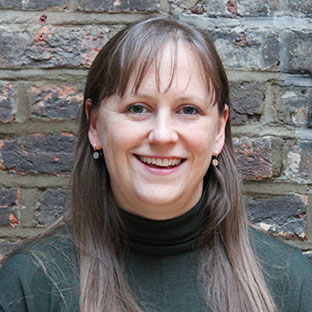PIRC, the authors of the Common Cause Handbook have really drawn me into their recent provocation that one of the most overlooked factors in encouraging a change in behaviours is consideration of the set of ‘values’ that motivate people. These are at the root of attitudes, behaviours and decisions - and ultimately the way people view the world and yet are commonly not addressed by policy makers, campaigners or community groups.
PIRC, the authors of the Common Cause Handbook have really drawn me into their recent provocation that one of the most overlooked factors in encouraging a change in behaviours is consideration of the set of ‘values’ that motivate people. These are at the root of attitudes, behaviours and decisions - and ultimately the way people view the world and yet are commonly not addressed by policy makers, campaigners or community groups.
When it comes to the very real challenge of climate change the arts can enable people to take step back, re-imagine new futures and reflect on the relationships we have with each other. There’s an exhibition currently showing at the National Maritime Museum in Greenwich which does just that. Matt Clark of United Visual Arts has created an installation called ‘High Arctic, Visions of a Receding World’ following a Cape Farewell trip in which the entire gallery space of the new Sammy Ofer wing has been transported to 2100 AD and the Arctic landscape as we know it has changed irreparably. It asks questions of us such as ‘how will we choose to remember the Arctic past?’ and ‘is it possible to travel somewhere that no longer exists?’ in so doing encourages people to question their relationship with the world.
A Tipping Point commission, my last car by 509 Arts kicking off in Warwick will creatively confront the fundamental influences the motor car has had on people's lives and then translate those into an examination of sustainability. When it comes to values it doesn’t get more entrenched than this, the car is so much part of our culture, psyche and identity it is impossible to suggest a curbing of car use without people feeling that their very human rights are being infringed. But experiences of socially engaged art work like this do play their part in shaping people’s values. One of the points the Common Cause writers make is that intrinsic values, such as freedom, creativity and self-respect are often pitted against extrinsic values such as wealth, preservation of self–image and authority in a ‘good v bad’ type moral tussle when in fact, everyone holds all these values but places importance on some more than others, which in itself also changes at different times.
The greater the exposure that people are able to have to varying creative experiences like High Arctic and my last car and a greater number of commissioners in this field then the richer the public (and dinner table) debate will be on social and environmental issues, how we feel about them (our values) and respond (or ignore) them in our daily lives.
Overall there is a very compelling case for examining values more closely to gain a better understanding of how it could be possible to bring about lasting social and environmental change. This September the inaugural Interrogate Festival being held at Dartington Hall in Totnes, Devon is focussing on social justice and income equality by bringing together a combination of debate, workshops, film, performance and comedy and is part of doing just that.
But do people do what they say? There is evidence that the 'value-action gap' - which is to say that pro-social or environmental beliefs and attitudes do not necessarily translate into positive social or environmental behaviours - is actually smaller that you'd think so says Professor Gregory R. Maio, a guest blogger for Green Alliance...


Be the first to write a comment
Please login to post a comment or reply.
Don't have an account? Click here to register.